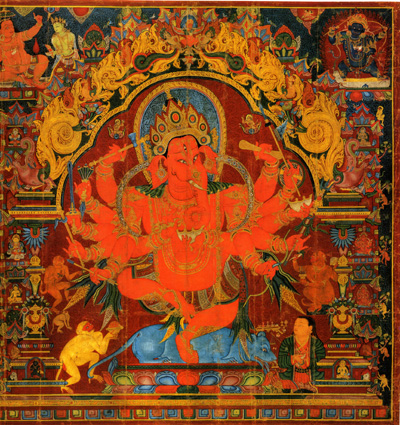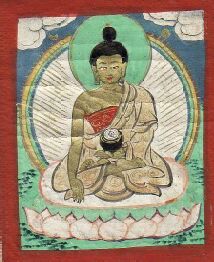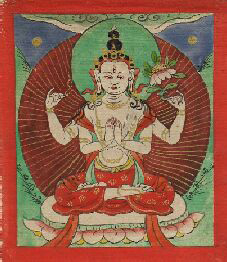
Robert Langston
langstonrob@juno.com
WELCOME

TO THE HIMALAYAS!
This website has been created for high school students of Art History, Art and World history. Deconstructing imagery and soaking in historical information is meant to be employed with each presentation to:
2) have students better understand how past and present perceptions are formed regarding Himalayan region.
3) motivate students to employ the visual resources and ideas within their own art work.
"East is East" explores how the mass production and collection of images create a social narrative in the case of Colonial India. What are the collective and sometimes hidden intentions and agendas of visual production?The page starts with Rudyard Kipling's Ballad of East and West think about Orientalism and to begin looking at images as both generators of and by-products of an Imperial narrative. Critical and innovative thinking answers questions like, what would happen when two cultures meet on equal ground? what would alternatives dominant/submissive social interactions look like? how does art production impact culturaland social interaction? The presentation ends by looking at Walton Ford, whose work as a contemporary artist broaches some of these issues.
Avaloketesvara"In the Light" follows the image and symbology of "light" to its esoteric employment in order to illuminate the relevance of fringe experiences and conceptualizations towards commom experiences for describing a cultural expressions. Connections are made between visual arts and popular media and esoteric literature dealing with the idea of "light". This section culminates in looking at visual representations of light for their symbolic content from both western and Himalayan sources. Students are asked to make judgements based comparisons made. How can conceptual and structural elements of "light" or "enlightenment" be expressed utilizing visual sources both from the Himalayan region and Western art? What audience is impacted?
"Blurring Lines" explores visual materials and ideas that are exchanged and adapted amongst proximate cultures. In contrast to the exchange of ideas East and West through Silk Road trade, how have cultures shared beliefs and expressions in frontier zones. The presentation concludes by looking at Shazia Sikandar's contemporary fusion of religious and cultural motifs in her contemporary artwork . The Silk Road can be can applied as a model for the import of visual material and ideas in the age of globalization, does frontier zone exchanges possibly provide us with a model for understanding interaction in the 21st century in the same way?
Green Tara




